Stroke Rehabilitation
Stroke rehabilitation, sometimes known as "rehab," aims to help you restore as much independence and quality of life as possible after a stroke. After a stroke, rehabilitation can improve you physically, emotionally, socially, and spiritually. It aids in the restoration of your health, function, and well-being. Because of advancements in stroke treatment and rehabilitation, the outlook for those who have had a stroke is brighter than ever. Stroke rehabilitation is most effective when the patient, family, and rehab personnel work as a team. Family members must learn about the physical and mental changes brought on by a stroke, as well as how to assist the patient in regaining function. Stroke therapy can take place in a variety of situations. Doctors, therapists, and case managers will assess which environment would give the best therapy based on the severity of the stroke and the likelihood of recovery. "No pain, no gain" and "use it or lose it" are not applicable to stroke victims. More exercise isn't always a good thing. Patients can recover at their own pace with the help of a safe and effective rehabilitation program. During their recuperation, patients frequently move between several levels of care.
- Acute Rehabilitation
- Subacute Or Skilled Nursing Rehabilitation
- Outpatient Rehabilitation
- Rehabilitation In the Home
- Nursing Home Restorative Care
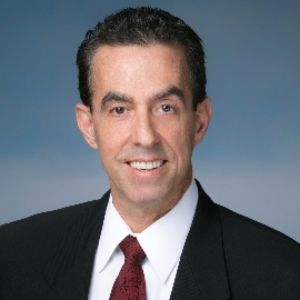
Jay Spector
American Academy of Podiatric Sports Medicine (AAPSM), United States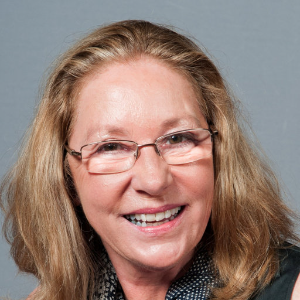
Marcia J Scherer
Institute for Matching Person and Technology, United States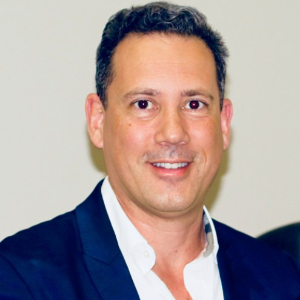
Marcos Brioschi
American Academy of Thermology, United States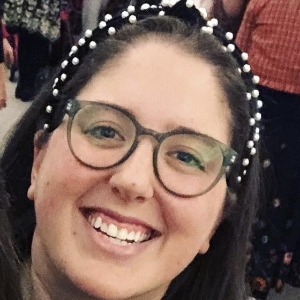
Blair Gorenberg
Shirley Ryan Abilitylab, United States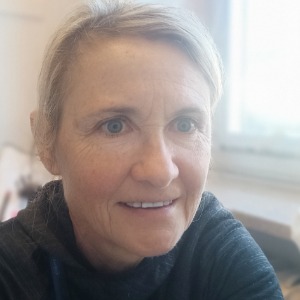
Roberta Sartori
IRCCS Materno-Infanitle Burlo Garofolo, Italy
Cho Li Yin
Taichung Veterans General Hospital - VGHTC, Taiwan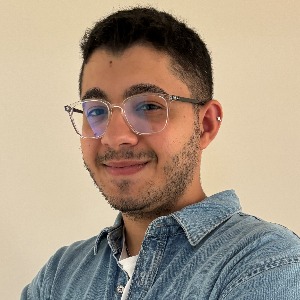
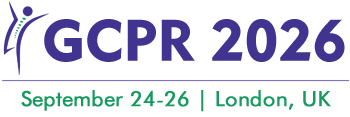
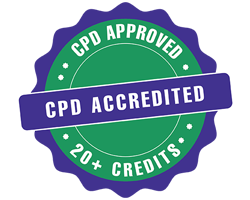


Title : Best practice guidelines for the use of pharmacological neuromodulation in disorders of diminished motivation: A comprehensive approach
Vaidya Balasubramaniam, Illawarra and Shoalhaven Local Health District Hospitals, Australia
Title : A forgotten component of knee osteoarthritis
Ron Blehm, EEI Physio LLC, United States
Title : Functional outcomes of DSSA-Based pelvic rehabilitation combined with manual therapy and Electrostimulation in men after oncologic surgery: A retrospective case series
Eren Uyar, Fizyomen Physiotherapy & Rehabilitation Center , Turkey
Title : We are living and working in the age of individualization
Marcia J Scherer, Institute for Matching Person and Technology, United States
Title : Efficacy of Inspiratory Muscle Training (IMT) in post-weaning ICU recovery: A clinical randomized controlled trial
Warda Khan, Chongqing Medical University, Pakistan
Title :
Subramanya Adiga, Middlemore Hospital, New Zealand